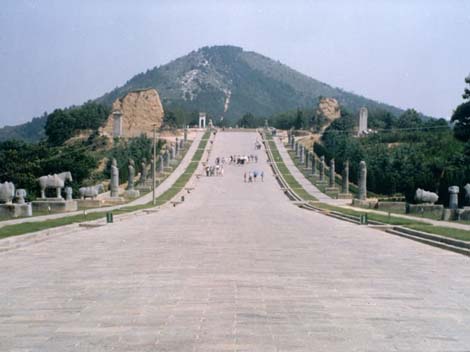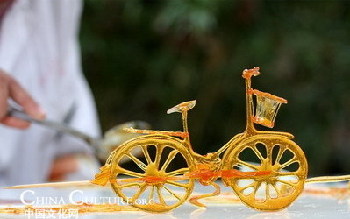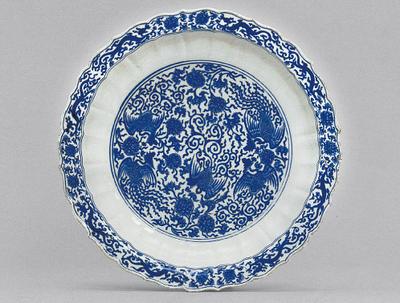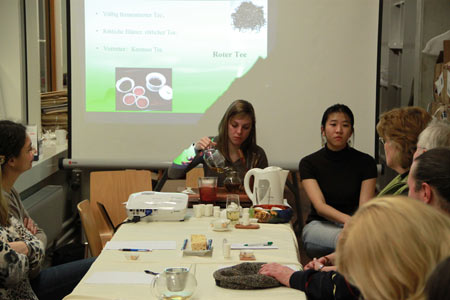| Home > China Feature |
Basic Theory and Model of Human Body
Traditional Chinese medicine is chiefly based on the philosophical concept that the human body is a small universe with a set of complete and sophisticated interconnected systems, and that those systems usually work in balance to maintain the healthy function of the human body. The balance of yin and yang is considered with respect to qi ("breath", "life force", or "spiritual energy"), blood, jing ("kidney essence", including "semen"), other bodily fluids, the five elements, emotions, and the soul or spirit (shen). TCM has a unique model of the body, notably concerned with the meridian system. Unlike the Western anatomical model which divides the physical body into parts, the Chinese model is more concerned with function. Thus, the TCM spleen is an aspect of function related to transformation and transportation within the body, and of the mental functions of thinking and studying.
There are significant regional and philosophical differences between practitioners and schools which in turn can lead to differences in practice and theory.
Theories invoked to describe the human body in TCM include:
Channels, also known as "meridians"
Five elements
Qi
Three jiaos also known as the Triple Burner, the Triple Warmer or the Triple Energiser
Yin and Yang
Zang Fu theory
The Yin/Yang and five element theories may be applied to a variety of systems other than the human body, whereas Zang Fu theory, meridian theory and three-jiao (Triple warmer) theories are more specific.
There are also separate models that apply to specific pathological influences, such as the Four stages theory of the progression of warm diseases, the Six levels theory of the penetration of cold diseases, and the Eight principles system of disease classification.
Art
 more
moreSculpture in Qianling Mausoleum
The sculpture of Qianling Mausoleum is the main relic of the ground ...

A Sweet Art:Sugar Painting
In and around China’s southwestern Sichuan Province, it is usual to ...

Chinese Treasure Displayed at Sha...
There are four treasures of the Chu Minority Culture displayed at th...

Custom
 more
moreWeb Dictionary
Martial Arts
12 Excellent Kung Fu Movies in 2010 You Shouldn'...
Martial Arts film can be artful and stunningly beautiful, and they...
Shaolin Monks Perform Martial Art in Moscow
A monk from China's Shaolin Temple performs Shaolin mar...
Chinese Kungfu Films Ready for the New Year seas...
The two Chinese blockbusters Let the Bullets Fly and If You Are th...





 print
print  email
email  Favorite
Favorite  Transtlate
Transtlate 







